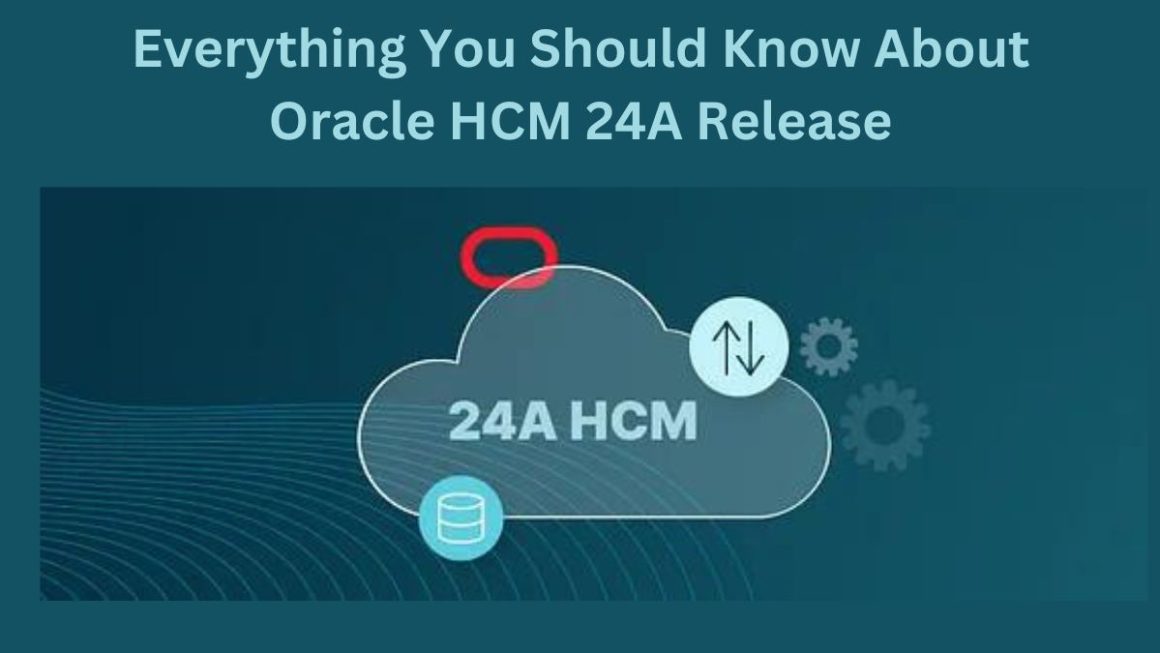Home automation, building automation, smart home: all trendy words that have been cloaked in a futuristic and elitist guise for many years. Something voluptuous, something that is not really needed but that makes fashion: a status symbol to flaunt wealth and modernity.
Well, in August of this wretched AD 2022, with the geopolitical situation in place, galloping inflation, and crazy expensive energy, automating the building, and in the first place, the house has become an essential factor even just to keep the consumption, and consequently the costs, as well as to impact less on the environment.
Furthermore, the 110% super bonus in home automation can be used to deduct costs, giving a great hand to the user and the market. All roses and flowers, then? Not really.
Indeed, every great opportunity shows a downside, perhaps not fully visible from the outside, but very consistent for those who work from within the system. I refer to the risk of installing non-compliant systems, with all the case’s legal, economic, and fiscal consequences.
Table of Contents
Problem 1: the norm
On the market, there are more and more “all-inclusive” systems that simultaneously manage various types of systems: anti-intrusion, video surveillance, access control, fire detection, and automation. A different approach is represented by installing individual systems (anti-intrusion, video surveillance, etc.), which are then supervised by a single software or app that coordinates them.
In any case, it must be clear that each type of system integrated into this system must comply with its UNI and/or CEI reference standards, as well as the entire package of privacy rules, where provided, which are also constantly revised and updated.
Problem 2: skills
Another aspect of this certainly great opportunity, which, however, contains a strong risk of risk, concerns the professional skills of the operators involved: in fact, by fielding different systems, the skills of the designer and installer must necessarily increase. And let’s not talk about trivial or obvious skills! For example, if we consider how important they are in a fire detection system.
But even more so if we think of the world of integrating systems that often go beyond the ordinary skills of the safety installer: the air conditioning system, the automation, and mechatronics in general (mechanics – electronics – information technology) are not the daily bread of all of us safety specialists. Fully integrated systems, which are recently coming out on the market, require particular skills from both the designer and the installer. And how are skills developed? Only with training.
Problem 3: training
And we come to the topic of training, which is also not free from problems. At this time, it is positive to report that the draft of the UNI 1610032 standard has concluded the public investigation period, which also specifically reports the skills relating to access control and mechatronics when defining the requirements relating to the professional activity of the designer, installer, maintenance technician.
Alarm systems, intrusion and robbery, video surveillance, and access control, through identifying tasks and activities and the requirements of knowledge, skills, autonomy, and responsibility. In light of this definition, there is a need to deepen the specific understanding of the various sectors through seminars and practical tests, which involve a commitment of time and money to acquire the specific skills.
So, is automation yes or no?
Without a doubt, building automation and integrated systems are a way to go and a great business opportunity, all the more so thanks to the important driving force favored by the Super bonus, but it is essential to evaluate well the pros and cons, starting from the skills and training of professionals who must be deployed, because the consequences can be risky.
Also Read : A Digital Strategy For Franchisors




